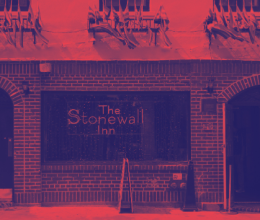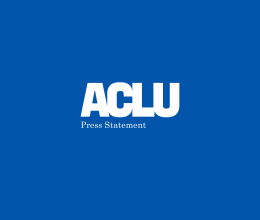
As in most states, the prison population in South Dakota has exploded in recent decades.
Between 1980 and 2017, the population grew by 550 percent. In 2017, the prison population reached an all-time high of 3,959 people. South Dakota has implemented legislative reforms to address the large number of people entering prison for nonviolent offenses, but the reforms were passed in 2013 and as of 2018, the prison population is only 218 people smaller than it was projected to be without reform.
The majority of people admitted to prison in South Dakota in 2017 were imprisoned for nonviolent crimes. In 2015, one in three people in state prisons were imprisoned for drug possession — this represents an increase from 2014 when almost one in four people were imprisoned for drug possession. This increase was driven almost entirely by a rise in the number of people whose most serious offense was unauthorized ingestion of a controlled substance. South Dakota is one of the only states in the nation that classifies ingestion as a felony, essentially criminalizing addiction.
Unsurprisingly, South Dakota’s mass incarceration crisis has had an enormous impact on people of color, especially Native American people. In 2017, 28 percent of the men and 46 percent of women in South Dakota’s prisons were Native American. Native Americans constituted 7 percent of the state’s total adult population but 31 percent of the prison population. Also, that year, the Black imprisonment rate in South Dakota was seven times higher than that for white adults.
The population of women in South Dakota prisons is also growing at an alarming rate. In 2017, South Dakota had the nation’s third-highest imprisonment rate among women. Eighty-five percent of women in South Dakota prisons in 2019 were serving time for nonviolent offenses — 64 percent for drug offenses.
But it doesn’t have to be this way.
South Dakota can dramatically reduce its prison population by implementing just a few sensible reforms:
- Decriminalize the ingestion of drugs.
- Protect and expand “presumptive probation” to include Class 4 felonies.
- Ensure that at least two members of the parole board come from a public defense or trauma-informed background.
- Protect the reforms that have already been passed.
If South Dakota were to follow these and other reforms outlined in this Smart Justice 50-State Blueprint, 1,642 fewer people would be in prison in the state by 2025, saving over $112 million that could be invested in schools, services and other resources that would strengthen communities.
For more information, along with detailed breakdowns of South Dakota’s prison population and the reforms needed to reduce it, click here.



